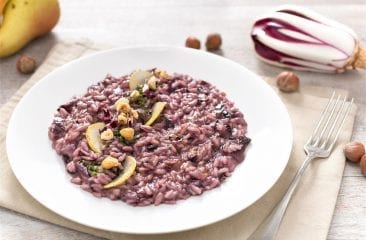Broccoli is low in calories and widely regarded as highly nutritious, making a regular appearance in many of the superfood listings. It’s also, somewhat surprisingly, rather delicate – so, it’s important to think about how you’re going to keep your broccoli fresh, and at its best, once you’ve harvested it or returned from the shops. Today’s blog post looks at how you can store and prepare broccoli properly.
Correct storage: crucial for preserving vitamins
Freshly harvested broccoli has a very high respiration rate and therefore tends to quickly lose cell water and spoil if stored at too warm a temperature. If you notice any of the following it will be an indication that your broccoli has not been stored correctly:
• Buds turning yellow and dying off • Inflorescences drying out and wilting • Spotting and signs of decay
Good-quality broccoli has a dark green to bluish colour, and its buds are firmly closed. If broccoli is a yellowish-green colour – most likely as a result of unsuitable storage – it will already have lost many of its vitamins, and be past its best. However, if you store broccoli under the right conditions you can significantly delay any loss of quality. Always quickly transfer your freshly harvested or newly purchased broccoli to somewhere cool – ideally refrigerate it at just above 0°C and at a high humidity level. Liebherr’s BioFresh HydroSafe offers these ideal storage conditions, and broccoli stored at the right humidity and temperature in the HydroSafe will keep fresh for up to 13 days.
Preparing broccoli
Broccoli can be enjoyed raw or cooked by boiling, steaming, stir-frying or microwaving. Scientific studies have shown that its water-soluble nutrients, such as its vitamin C and mineral content, are largely preserved by steaming, but are lost if it is boiled in water. If you are boiling broccoli, halve the larger stalks and allow the heads to stick out of the water. Cook them in a pan, without a lid, until tender (the cooking time will depend upon the size of the florets). Be attentive though: it’s easy to overcook broccoli so that it ends up over-soft or even mushy.
If you’re harvesting fresh, you can remove any insects that might be hidden in amongst the florets by soaking the broccoli in salted water for 10 minutes before cooking.
Hopefully, you’ve enjoyed today’s post and, if you have, why not subscribe to our newsletter for regular updates on all our latest refrigeration and freshness news? Or, if you have any questions about what you’ve read, then please write to us. Use the comment function below this post or start/join in a discussion with us on Facebook.






